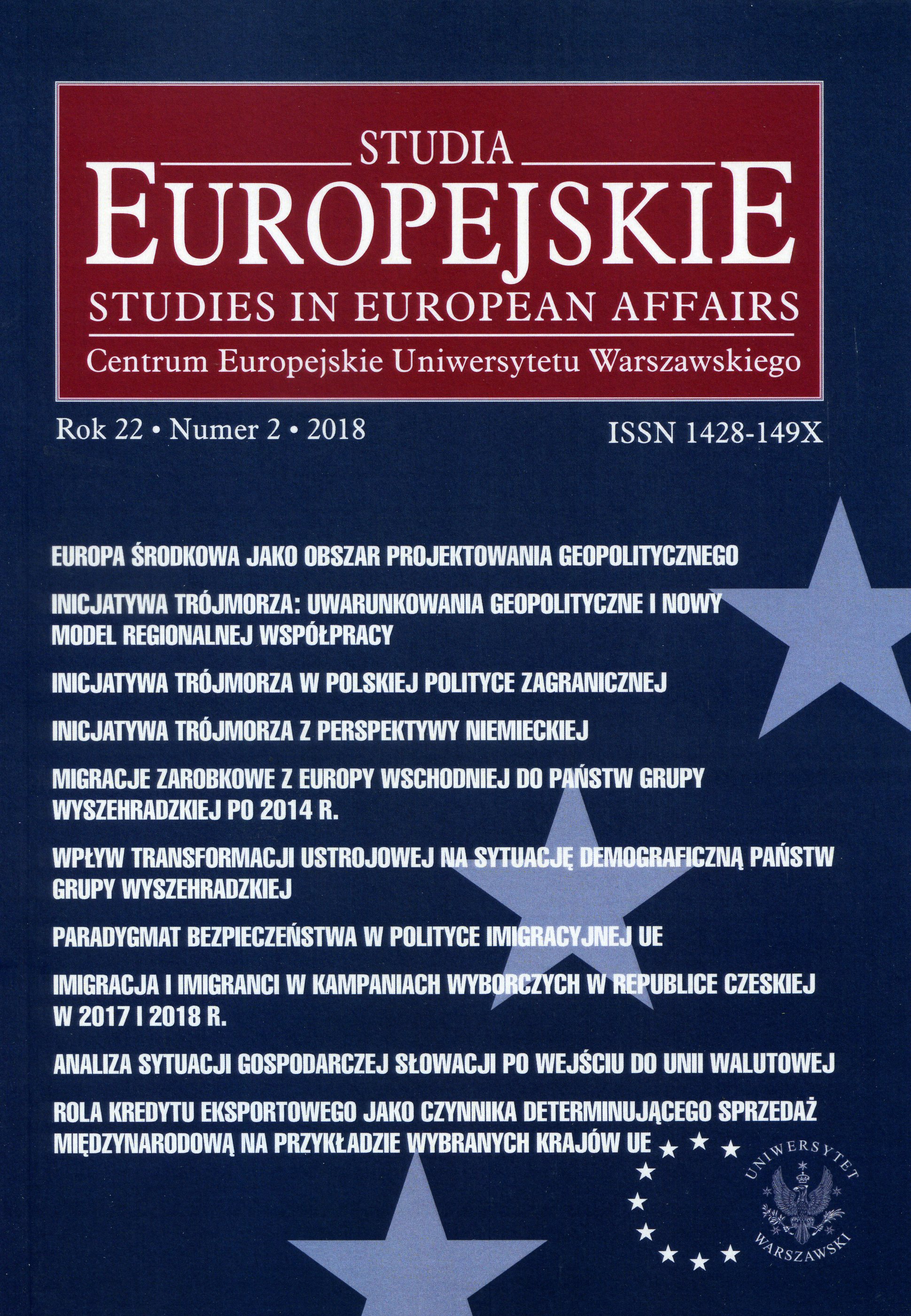Analiza sytuacji gospodarczej Słowacji po wejściu do unii walutowej
Analysis of Economic Situation in Slovakia after Joining the Monetary Union
Author(s): Radoslaw KupczykSubject(s): Economy, Labor relations, Transformation Period (1990 - 2010), Present Times (2010 - today), Socio-Economic Research
Published by: Centrum Europejskie Uniwersytetu Warszawskiego
Keywords: European Monetary Union; the Competitiveness of the Economy; the Economic Crisis;
Summary/Abstract: The Slovak economy has experienced strong but relatively short period of recession in 2009. Subsequent economic recovery was stimulated by growing exports and investment spending. Although subsequent GDP growth was among the highest in the OECD countries, the employment rate has not yet reached pre-crisis level and the unemployment rate remains at a high level. According to research presented in the paper, Slovakia joined the euro area after a period of unprecedented appreciation of the korona, which created a threat to the competitiveness of the Slovak economy, which relies heavily on export-oriented production. This led ultimately to an internal devaluation and increase the productivity of factors of production, including price reductions of capital and reducing the number of workers in the low productivity sectors. Although this strategy has successfully restored the external balance, its consequences for domestic demand and employment were less positive.
Journal: Studia Europejskie
- Issue Year: 22/2018
- Issue No: 2 (86)
- Page Range: 151-167
- Page Count: 17
- Language: Polish

